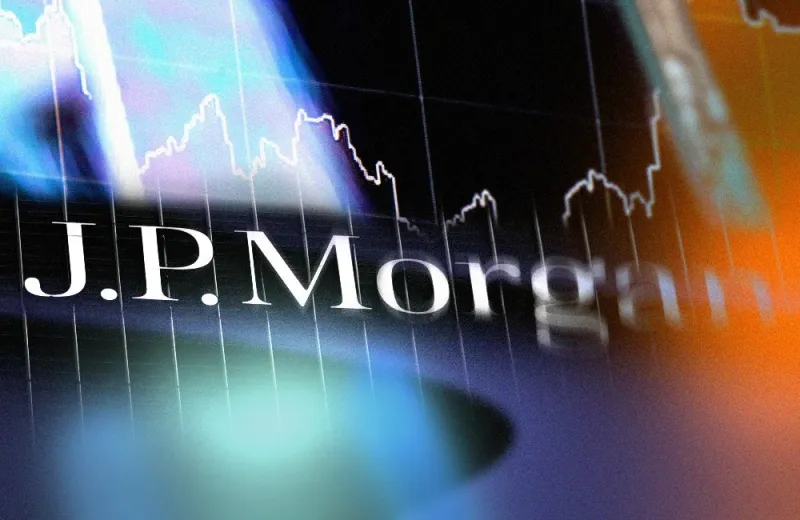The market carnage of 2022 has left almost every asset class on sale. And even with a likely recession coming, J.P. Morgan Asset Management believes that markets offer the best long-term returns since 2010.
In its 2023 Long-Term Capital Market Assumptions report, the asset manager pushed up its return expectations for public markets and alternative assets, including private equity and hedge funds. On a 10- to 15-year time frame, the annual return for the traditional 60-40 stock and bond portfolio is forecasted to reach 7.2 percent, up significantly from 4.3 percent last year. The capital-weighted return for private equity is projected to be 9.9 percent, up 1.8 percent from 2021.
Hedge funds, depending on the strategy, are expected to generate at least 1.1 percent more in return in the long run compared to last year. Returns for event-driven are expected to be 5.4 percent, up from 3.2 percent last year; returns for relative value are expected to be 4.9 percent, up from 3.8 percent in 2021; macro strategies are forecasted to return 4.1 percent, up from 2.7 percent a year ago.
The return expectations for direct lending also jumps .9 percent from last year to 7.8 percent.
“Lower valuations and higher yields mean that markets today offer the best potential long-term returns since 2010,” according to the report. “The biggest driver of increased return expectations is better starting valuations.”
Large-cap U.S. equities, for example, are expected to gain 7.9 percent over the long term in the latest forecast. Last year’s return projection for large caps was 4.1 percent. “[These are] return [expectations] that we really haven’t seen in a while,” Monica Issar, global head of wealth management multi-asset and portfolio solutions, said at an event to discuss the latest assumptions on Tuesday. “It’ll take less than half that time to double your money compared to what our forecast was for 2022.”
JPMAM also expects bonds to play a key role in investors’ portfolios going forward. After consecutive rate hikes, bond yields are sitting at attractive levels again. “The whole tool kit available to that 60-40 portfolio…is very much alive and well,” Issar said.
“After policy rates normalized swiftly, bonds no longer look like serial losers,” according to the report. “Real return forecasts for most sovereign bonds move back into positive territory, leaving bonds once again a plausible source of income as well as diversification.”
Alternative investments will keep serving as a strong source of diversification, according to the report. If investors add 10 percent in private equity and 10 percent in real estate investments to a typical 60-40 stock and bond portfolio, their potential annual risk-adjusted return will increase 10 percent, according to Issar.
“When you look to alternatives on a forward basis, it’s almost going back to the basics again,” Issar said. “[They offer] alternative sources of alpha, and importantly, diversification.”
John Bilton, head of global multi-strategy at JPMAM, said the team has built in a near-term markdown of 1 percentage point for private equity because valuations usually lag — but ultimately catch up to — those of the public markets. “Still, the [return projections] come out at around 10 percent,” he said, adding that the asset class has huge potential given the record amount of un-deployed capital still available.
Yet as optimistic as JPMAM is about the return prospects across different strategies in the long run, it expects a recession and continued market volatility in the near term. Persistent inflation and de-globalization have clouded shorter-term growth prospects. That means the painful slump in the stock and bond markets “may not yet be over,” according to the report.
But Issar said long-term investors should stay invested even during the coming recession. According to JPMAM, an investor who was fully invested in the S&P 500 index from September 2002 through September 2022 would gain an annualized return of 9.8 percent. But if the investor missed the 10 best days, the annualized return would decline to 5.6 percent.
“I know it’s challenging to [stay invested] during the market turmoil, but this is the best time to do it,” she said.







